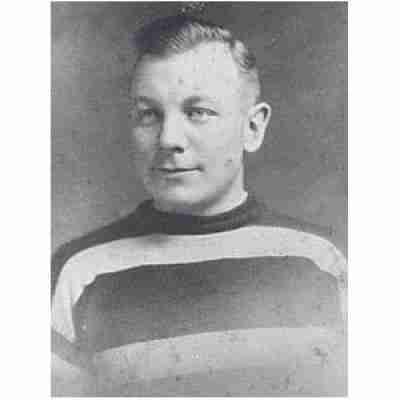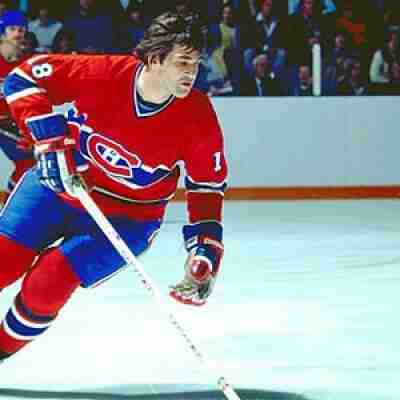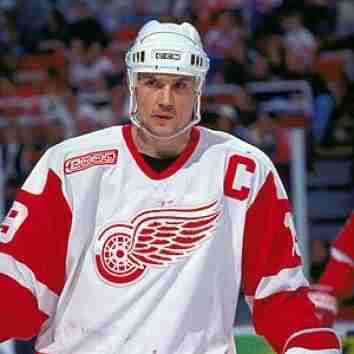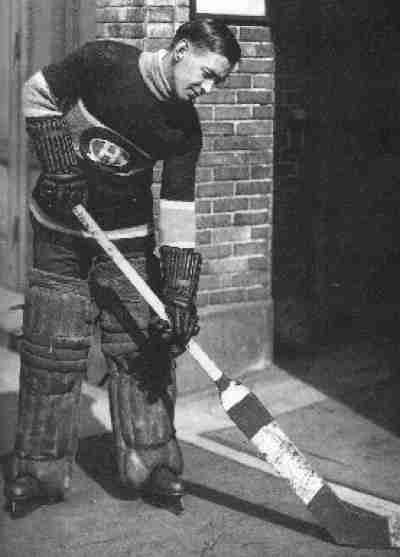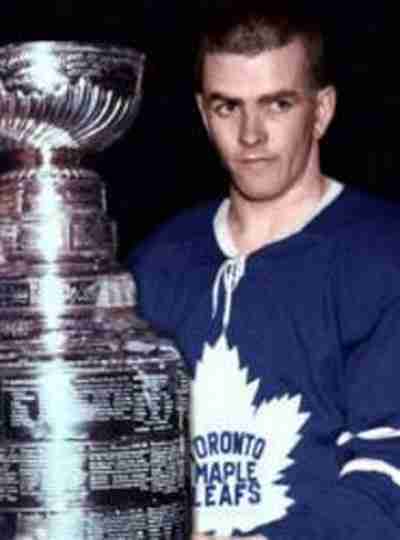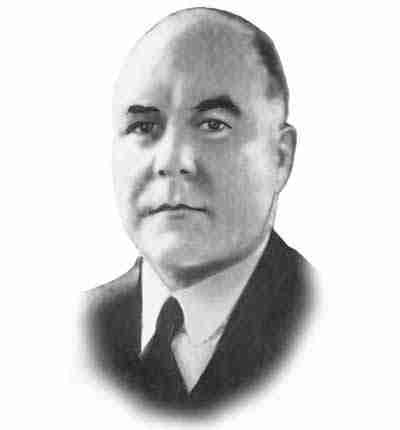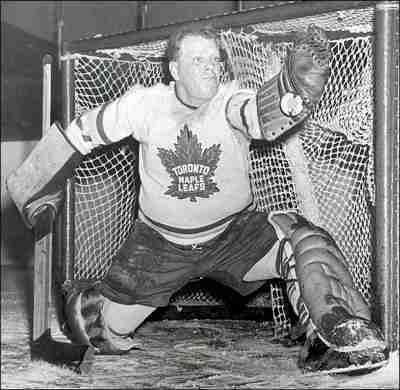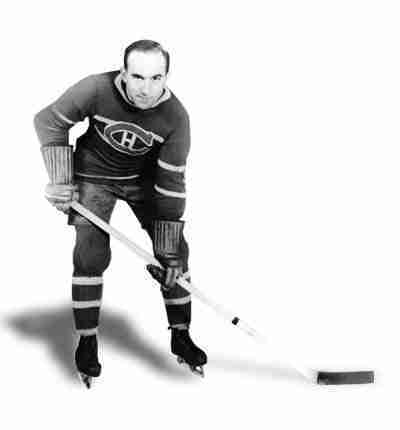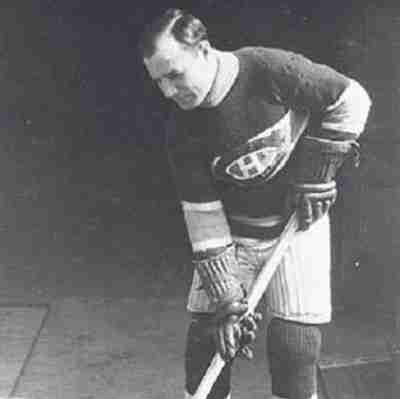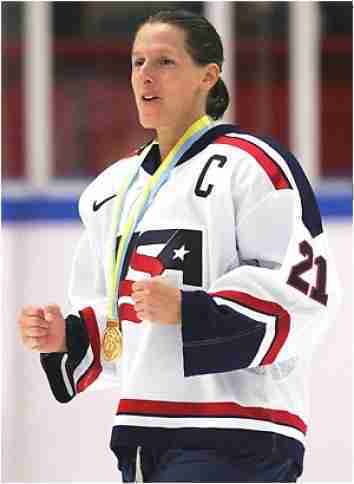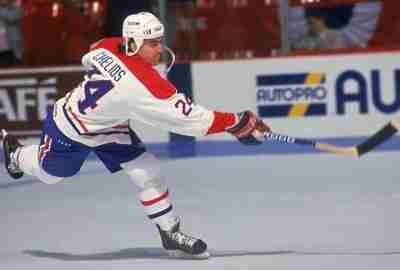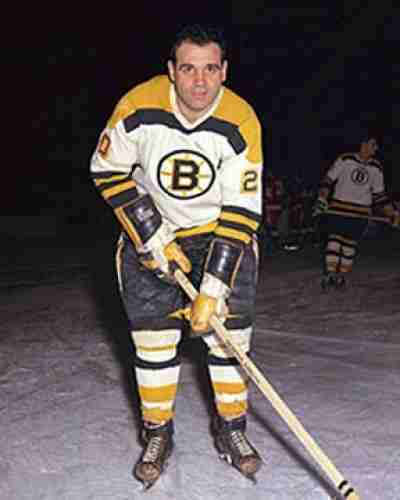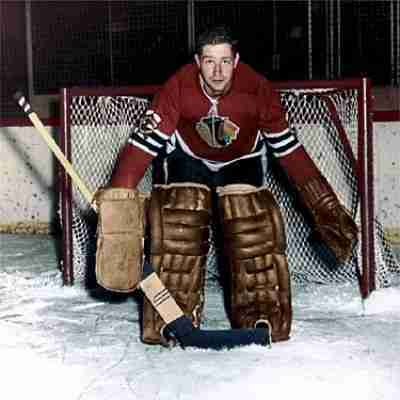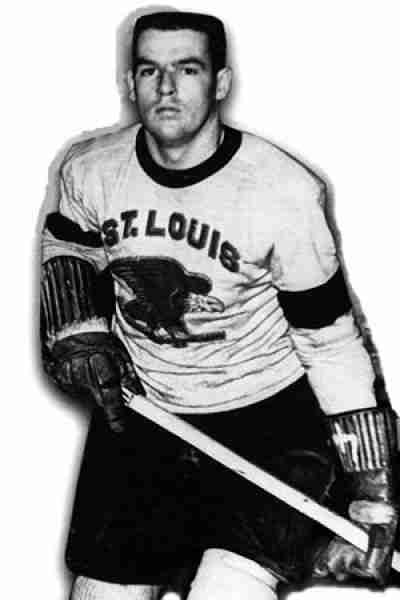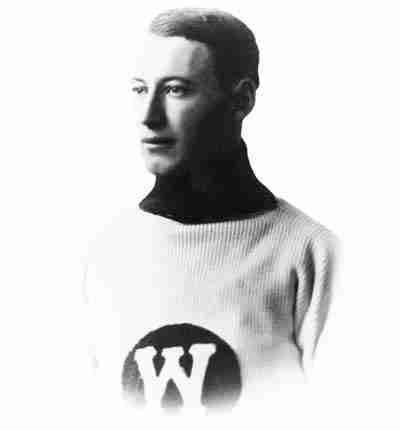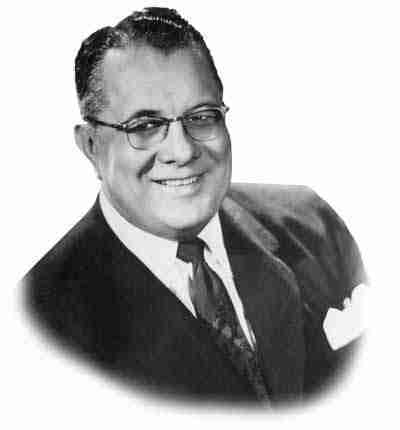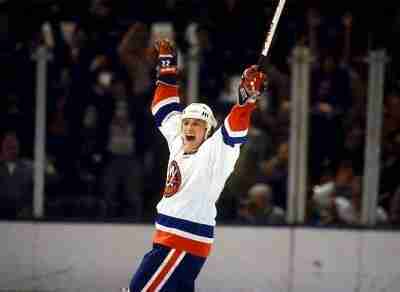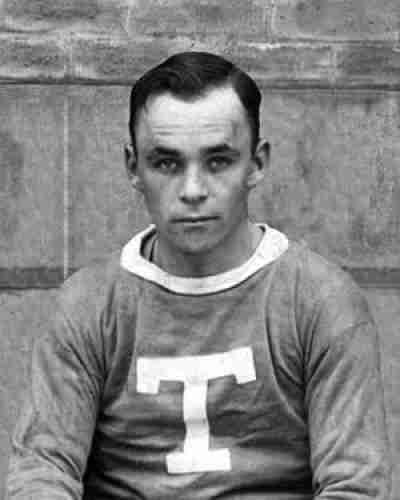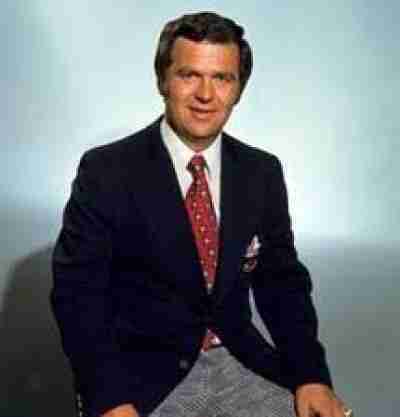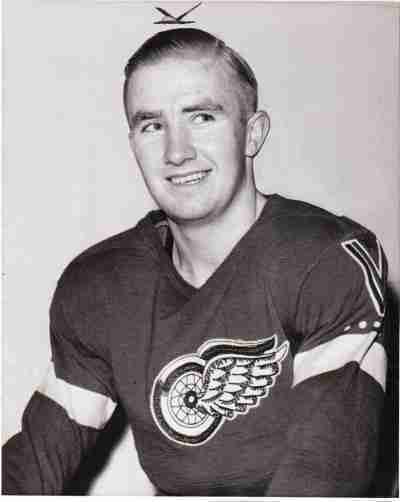Current Hockey Hall of Fame Inductees (383)
Outside of the province of Ontario, how many people are aware of the city of Kingston? Let’s take that a step further. How many outside of Canada know about this place? We will wager that it isn’t a lot, and those that answer that they heard of it, probably are thinking of the version in Jamaica instead. Now had this city on the Northeastern corner of Lake Ontario remained the home of the Hockey Hall of Fame would it have developed a bit of an international flair or enhanced reputation? Maybe it would have been more of a staple of “Canadiana”, as Kingston is the home of the First Canadian Prime Minister, and the unofficial band of Canada, The Tragically Hip. Stands to reason that it would have been a great fit for the unofficial sport of Canada (it is actually lacrosse) and the official passion of the country.With the launch of the Baseball Hall of Fame, the sport of hockey looked to follow suit. Its biggest league, The National Hockey League had a core of seven teams (which was pared down to six in 1942, when the New York Americans suspended operations) was a healthy organization, and though it was only relevant in cold weather climates, it was a sport that already had a long history, and the coveted Stanley Cup; which was then (and still is) the most impressive trophy in the entire sporting world.
The biggest proponent of an institution recognizing hockey excellence was a Canadian named James T. Sutherland. Born in 1870 (in Kingston naturally), Sutherland played as much hockey as he could and was a member of the Athletic Club of Kingston which was part of what was believed to be the first organized league the sport had. He would later form the Kingston Frontenacs, who would participate in the Ontario Hockey Association and would eventually become the Leagues president. Captain Sutherland (a rank he would achieve serving for Canada in World War I) would create the Memorial Cup; a trophy honoring those who fought in the Great War and to be given to the top Junior team in Canada. Incidentally, this is still the same trophy given to the team that wins the post season tournament in the Juniors in Canada.
Once the National Hockey League and the Canadian Amateur Hockey Association agreed to mutually put together a Hall, Sutherland (who had also served as the President of the CAHA) fought for Kingston to be its home. It was not just because he was a native of the city, but because he legitimately believed that Kingston was the rightful birth of modern hockey (which is near impossible to prove). Regardless of where hockey began, Kingston was to be pegged as its home.
Although construction had yet to begin on the facility, the first class was selected in 1945 which inducted nine players. It also had a “Builders” category which honored those who helped develop the game. As we look at those who are inducted to this institution, we will do so chronologically. Let’s take a ride on Hockey’s highway shall we?
Incredibly talented and double tough, Howard “Punch” Broadbent is a one of a select few who can claim to be the first true “Power Forward” of the game. Although he lost a few years due to military service in World War I, he came back with a vengeance helping the Ottawa Senators win three Stanley Cups. In the process, Punch Broadbent was the NHL’s leading scorer in…
As part of the Montreal Canadians “Big Three” defence corps, Guy Lapointe was a member of six Stanley Cups. He was an offensively gifted player who would top the 60 points mark three consecutive seasons and remained an asset on the defensive side. He was a devastating force on the power play and equally adept with punishing checks. Lapointe would be a Post Season All…
Easily one of the greatest Detroit Red Wings of all time, Steve Yzerman spent his entire 22 year career in Motown and amassed a whopping 1,755 points for them. Yzerman was a godsend to the struggling Red Wings, who were an awful team in the early 80’s, and slowly became a power under Yzerman’s leadership. That was not a misnomer, as he would become the…
In the amazing history of the Montreal Canadians, a wide array of talented goaltenders have donned there iconic jersey. However, only one can be the first, and that man was Georges Vezina.
One of the best players of all time for the Toronto Maple Leafs, Dave Keon was probably its classiest. The 1961 Calder Trophy winner brought an abundance of skill to the Leafs with his speed, deking ability and a diverse collection of shots. Keon was an expert penalty killer, and even more of an expert staying out of the penalty box himself as shown by…
A hockey enthusiast from a very wealthy family, James E. Norris attempted to put a second team in Chicago but after that failed he bought the Detroit Falcons and rechristened them the Red Wings and turned that team into a National Hockey League power. This was at an essential time as the strength of that club countered the folding of franchises in Ottawa and Montreal (Maroons),…
A very popular player in Maple Leaf folklore, Turk Broda was a two time Vezina Award winner who was in the pipes for five Stanley Cups in Toronto. Broda was a clutch performer who posted a career sub 2.0 GAA in the playoffs which was a half goal lower than his already respectable regular season average.
Many have stated that Howie Morenz is the first true superstar of the National Hockey League. They may very well be right.
Arguably the first megastar of the legendary Montreal Canadians franchise, Newsy Lalonde scored their first goal and was the captain of their first (of many) Stanley Cup wins. Lalonde was a scoring machine netting 150 goals in just over 100 games in the old NHA and was a seven time scoring champion in multiple leagues. Newsy (cool name isn’t it?) Lalonde is a solid selection to…
Angela James justifiably was the first Canadian woman to enter the Hockey Hall of Fame and IIHF Hall of Fame. Cammi Granato entered at the same time in both Halls at James, and deserved to be the first American woman to do so.
A rough and tumble defenceman, Chris Chelios did it all in the NHL. He won the Stanley Cup three times, won the Norris Trophy three times as the league’s top blueliner and was a post season All Star seven times. Chelios was easily the headliner for the Class of 2013 and one of the best ever American born players regardless of position.
Over a nineteen year career, Leo Boivin was known throughout the National Hockey League for his toughness. He was a traditional stay at home Defenceman who may have had significant offensive prowess, but rarely allowed attackers to get the best of him. Three times, Boivin would play in the All Star Game in the early 1960’s. His best seasons were with the Boston Bruins, of…
Unarguably one of the greatest Goaltenders in the history of professional Hockey, it should come as no surprise that Glenn Hall is one of the most decorated. Dubbed, “Mr. Goalie”, Hall was a consistent force between the pipes, raising the levels of teams (see the St. Louis Blues in the late 60’s) that may not have been a Cup contender without him.
Carl Voss played eight seasons in the National Hockey League, though his career on the ice was nothing that would be considered Hall of Fame Worthy.
Ernie Russell played the bulk of his career with Montreal Wanderers and while there netted a plethora of goals that aided his teams multiple Stanley Cups. Russell was fast, gifted and in 1907 had ca total of 43 goals in only 9 games. He was also a very talented overall athlete as he excelled in Football and Rugby.
Arthur Wirtz’ entry to the Hockey Hall of Fame was based on the financial support he gave the Chicago Blackhawks and Detroit Red Wings, and he did legitimately make both franchises more viable. He formed a business partnership with James E. Norris to buy the Detroit Falcons (later renamed the Red Wings) and after helping to bring that team to prominence, he parted amicably with…
As the goal scoring machine for the New York Islanders dynasty, Mike Bossy won the Calder Trophy in 1978 and spent the next nine seasons lighting the red lamp on a frequent basis. Bossy would become the second player to net fifty goals in fifty games and would hit the half-century mark in his first nine NHL seasons. More importantly, Bossy would lead his Islanders…
Considered the first player to develop a curved shot (with a straight stick no less!), Harry Cameron was a brilliant rushing Defenseman who won three Stanley Cups. Cameron would twice lead the league in assists and was credited for the first ever “Gordie Howe Hat Trick” in the NHL, which is indicative of scoring a goal, an assist and a getting into a fight. How this…
A successful coach in the minors, Harry Sinden took over the helms of the Boston Bruins at the tender age of thirty three. Quickly, under his guidance and an influx of talent, the Bruins turned around and won two Stanley Cups. Despite those elite championships in the National Hockey League, it was his coaching of Team Canada in the 1972 Summit Series, where the Canadians won…
An excellent two way Defenceman, Bill Quackenbush was one of the most disciplined players in the National Hockey League. Quackenbush rarely made mistakes on the ice. This was not just shown by his acumen with the puck, but his ability to stay out of the penalty box. He would become the first Defenceman to win the Lady Byng Trophy in a season in which he received…


